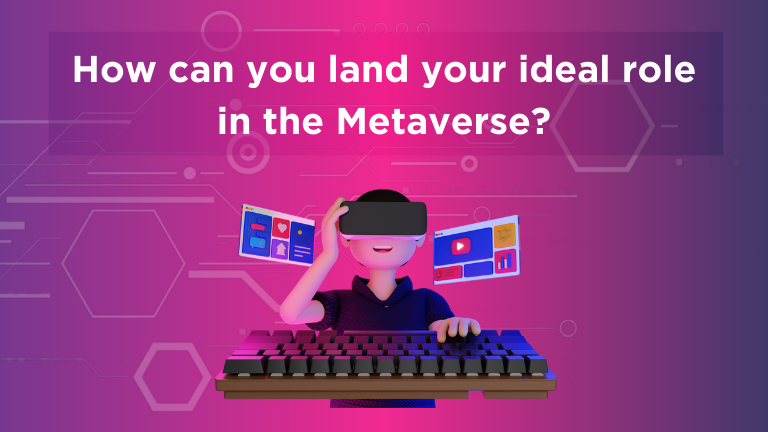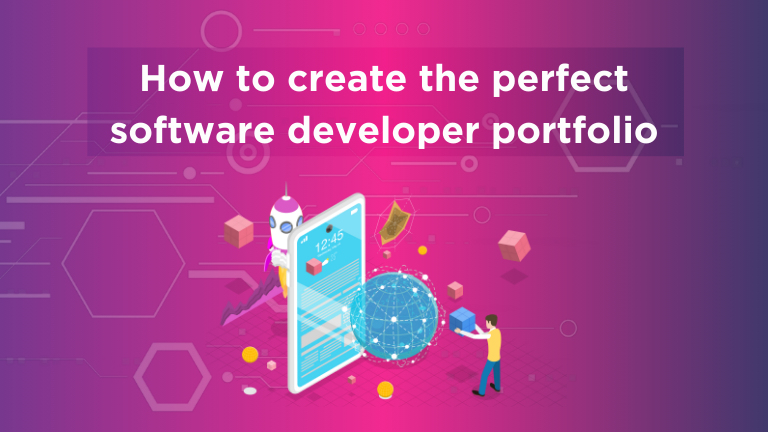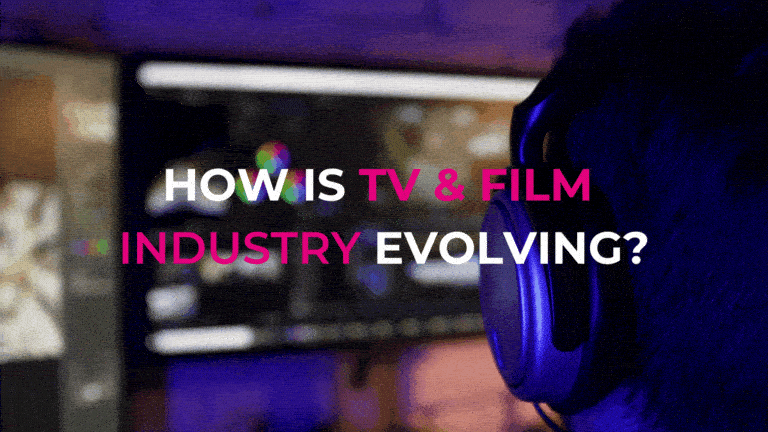Creating an Authentic CV with AI: Avoiding a Robotic Tone
In today’s highly competitive job market, crafting a CV that stands out is more important than ever. Many job seekers are now turning to AI tools to assist with this task. These tools help by speeding up the process, ensuring that the CV is well-structured and optimised for Applicant Tracking Systems (ATS) and websites such as LinkedIn. These systems scan CVs for specific keywords and skills before human recruiters review them. While AI can help save time and ensure that your CV checks all the right boxes, there is a risk of creating something that sounds too robotic or generic—devoid of the personal touch recruiters are looking for.
In this post, we’ll explore how to use AI effectively to create a CV that balances automation with your authentic voice. Whether you’re applying for roles in technology, creative fields, or any other industry, we’ll show you how to make your CV work for both automated systems and recruiters.
Why Use AI for Writing Your CV?
AI-based tools have become increasingly common in CV writing as they provide a quick and structured way to craft a CV. Additionally, employers now rely heavily on ATS systems to filter through numerous applications, meaning that using AI to create a CV can give you an edge. Here’s why:
1. Saves Time
Manually writing and formatting a CV from scratch can take hours, especially if you’re tailoring it for multiple roles. AI tools can generate a draft in minutes, providing you with a structured starting point that you can refine.
2. Optimises Keyword Usage
Many companies use ATS systems to screen CVs by searching for specific keywords and phrases from the job description. AI tools can help by analysing job descriptions and ensuring that your CV contains the relevant keywords necessary to pass through these filters. This increases your chances of getting your CV in front of a hirer or recruiter.
3. Provides a Clear Structure
One of the challenges in writing a CV is maintaining a clear, concise, and consistent format. AI helps produce a well-organised CV layout that flows smoothly from one section to the next, ensuring that it’s easy for both Applicant Tracking Systems (ATS) and hirers to read.
The Risks of Overusing AI
While AI tools offer great advantages, there’s a risk that they can make your CV sound too generic or formal. This can diminish the impact of your personal achievements and make your application less memorable to hirers. Here’s how to avoid this issue and use AI without losing your unique voice.
1. AI as a Foundation, Not the Final Draft
AI should be used as a starting point to generate ideas and structure. The content it produces can give you a basic outline, but it’s important to build on that by adding your own insights and achievements. For instance, if AI suggests a phrase like “team player,” you should expand on it by adding more context: “Led a team of 8 to deliver a high-priority project, resulting in a 30% improvement in operational efficiency and a two-week reduction in delivery time.”
2. Personalise AI Suggestions
AI tools can sometimes suggest phrases that are too general. For example, an AI-generated sentence might say, “Managed projects in a fast-paced environment.” You can improve this by adding specific examples that highlight your unique contributions: “Managed a portfolio of 5 projects valued at £1M each, reducing delivery times by 20% through the implementation of agile methodologies.”
3. Avoid Keyword Overload
While it’s important to use the right keywords for passing through ATS filters, overloading your CV with too many can make it sound unnatural. AI tools can help identify relevant keywords, but they should be used sparingly and in context. For example: “Used project management tools to lead a cross-functional team that improved overall productivity by 25%.”
How to Write an Engaging Personal Summary Using AI
Your personal summary is the first thing recruiters will read, and AI tools can help you draft a basic one. However, customising this section to reflect your personal achievements and career goals is critical. A generic personal summary won’t grab attention, but a personalised one will leave a lasting impression.
AI Prompt Example:
“Generate a personal summary for a marketing professional skilled in SEO and content strategy.”
Customisation Tip:
The AI might suggest something like: “Marketing professional with 5+ years of experience in SEO and content strategy.”
To make it more engaging, add specific details that reflect your achievements: “Digital marketing specialist with 5+ years of experience leading SEO campaigns. Successfully increased organic traffic by 40%, driving £500,000 in additional revenue.”
Crafting Work Experience Descriptions with AI
When it comes to the work experience section, AI can help generate a framework, but it’s up to you to customise it. The work experience section is where you show recruiters how you’ve made a tangible impact in your previous roles. AI can suggest the structure, but you need to add actionable achievements.
AI Prompt Example:
“Describe the job responsibilities and achievements of a project manager.”
Customisation Tip:
Instead of relying solely on the AI-generated phrase: “Managed multiple projects and ensured timely delivery.”
Add specifics and measurable outcomes to highlight your impact: “Managed a portfolio of 5 projects, each valued at over £500,000, delivering all on time and under budget. Implemented agile methodologies that reduced project timelines by 20% and increased client satisfaction.”
By customising AI-generated phrases with quantifiable results, you can demonstrate your value to recruiters and make your work experience stand out.
Optimising Your Skills Section with AI
The skills section is an important part of your CV because it showcases the technical and soft skills relevant to the job. AI can generate a list of skills based on the job description, but it’s essential to personalise them with examples of how you applied those skills in your past roles.
For example, instead of simply listing “project management” as a skill, demonstrate how you’ve used it in practice: “Applied project management techniques to oversee a £1M project, resulting in a 15% increase in team efficiency and a 10% reduction in overall costs.”
This shows recruiters not just your skills but also how you’ve used them to achieve tangible results.
Review and Final Edits: Making Your CV Sound Natural
Once you’ve generated your CV using AI, it’s important to review it carefully to ensure that it sounds natural and reflects your personality. Reading your CV aloud can help you determine whether the tone is right. Does it sound like something you would say in a professional setting? Does it showcase your unique experiences and achievements?
It’s also helpful to ask a friend or colleague for feedback. A fresh set of eyes can catch areas that might still sound too formal or robotic and suggest ways to make your CV more engaging.
Conclusion
AI tools are a great way to streamline the CV writing process, ensuring that your CV is well-structured, formatted correctly, and optimised for ATS systems. However, it’s essential to use AI as a foundation rather than a final draft. By personalising AI-generated content, adding specific examples, and ensuring that your CV sounds natural, you can create a document that stands out to both recruiters and automated systems.
With the right balance of AI optimisation and personal input, you can craft a CV that showcases your skills and achievements while still reflecting your authentic voice.




